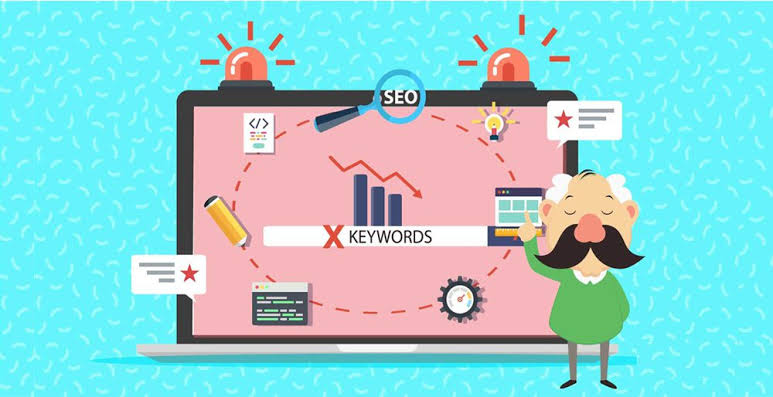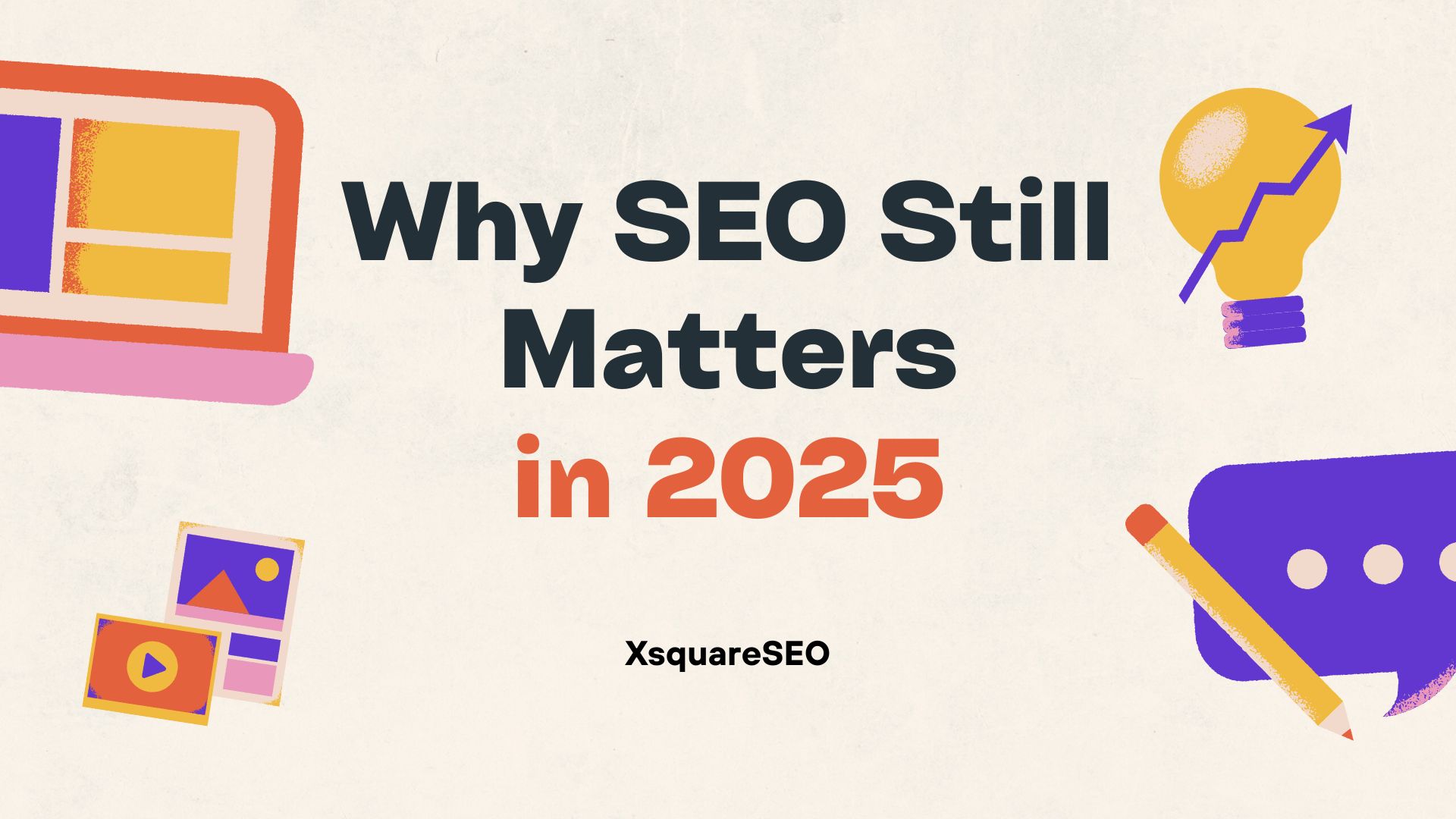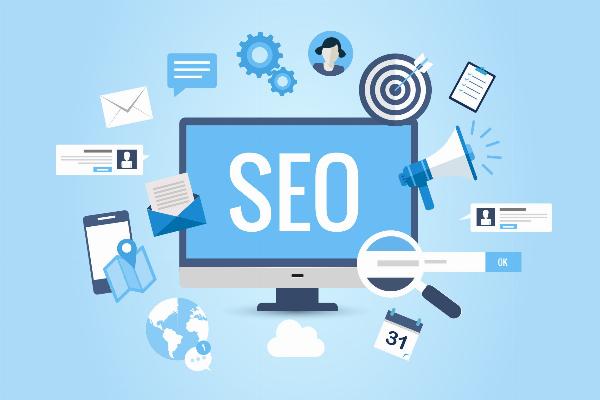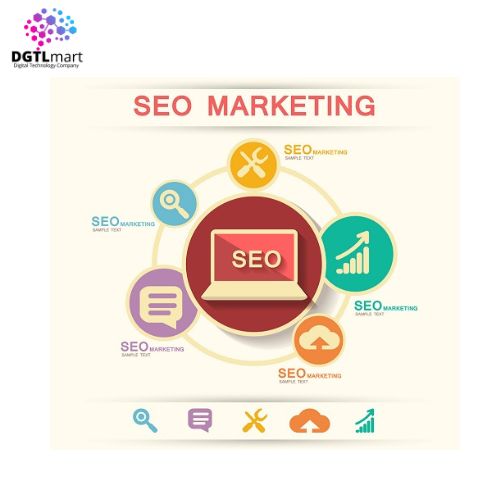Common Ecommerce Mistakes That Hurt Your Search Engine Optimisation Efforts

Strong 8k brings an ultra-HD IPTV experience to your living room and your pocket.
Running an ecommerce business isn’t just about having great products and a sleek website—it’s also about being seen. Without solid search engine visibility, even the best online stores can struggle to attract qualified traffic. Unfortunately, many ecommerce websites fall into common SEO traps that sabotage their growth potential. If you're not aware of these missteps, they could be costing you rankings, traffic, and revenue.
Let’s break down the most damaging ecommerce SEO mistakes—and how to avoid them.
1. Ignoring Technical SEO
Ecommerce websites are often large and complex, which makes technical SEO even more critical. If your site isn't crawlable, indexable, or mobile-friendly, your chances of ranking are slim. Common technical issues include:
- Duplicate content from similar product pages
- Broken links and 404 errors
- Slow page load speeds
- Poor internal linking structure
- Missing XML sitemaps or robots.txt misconfigurations
These problems aren’t just annoying—they tell Google your site is untrustworthy. Regular audits by an expert SEO provider can help identify and resolve these issues before they affect rankings.
2. Poor Product Descriptions
One of the most overlooked elements of ecommerce SEO is the product description. Many store owners simply copy the manufacturer's text or use very short descriptions. This creates duplicate content across the web and doesn't provide the detail search engines—or users—need.
Effective product pages include:
- Unique, keyword-rich descriptions
- Clear benefit-oriented copy
- Internal links to related products
- Structured data markup for reviews, prices, and availability
Originality and relevance here are essential. Don't waste the opportunity to turn product pages into high-converting entry points.
3. Weak Category Page Optimisation
Category pages serve as critical hubs for ecommerce navigation and SEO. Yet many stores treat them as placeholders with little content or targeting. A properly optimised category page can rank for broad commercial terms and drive substantial traffic.
To strengthen your category SEO:
- Include a unique H1 and metadata
- Add intro content (above and below the product grid)
- Use keywords naturally within content and headings
- Implement internal links to top products or subcategories
An ecommerce SEO specialist can help identify opportunities to turn thin category pages into top-performing assets.
4. Lack of Blog Content
Many ecommerce businesses believe they don’t need a blog. But creating blog content is one of the best ways to drive organic traffic, build authority, and support product/category rankings.
Well-written blog posts allow you to:
- Target long-tail keywords your product pages won’t reach
- Address customer questions (e.g., how-to guides, comparisons)
- Attract backlinks naturally
- Keep your website fresh and relevant in Google’s eyes
If you’re not investing in ecommerce blogging, you’re likely missing out on a major SEO channel.
5. Not Using Schema Markup
Schema markup helps search engines understand your content and enhances your listings with rich snippets—star ratings, prices, stock levels, etc. Without it, your listings can look bland next to competitors using structured data.
Ecommerce-specific schema includes:
- Product
- Review
- Offer
- BreadcrumbList
Implementing this correctly improves click-through rates and visibility. If you’re unsure how to get started, an expert SEO team can guide the setup for optimal results.
6. Ignoring Mobile and Core Web Vitals
Google now uses mobile-first indexing and includes Core Web Vitals as ranking signals. If your ecommerce site delivers a poor mobile experience or lags in speed, you're likely losing both users and rankings.
Audit your site for:
- Responsive design
- Fast load times (especially on mobile)
- Smooth interactivity (no layout shifts or delays)
- Clear, tappable calls-to-action
Your ecommerce SEO strategy should always prioritise performance as much as content and keywords.
7. Failing to Optimise for User Intent
SEO success today is about understanding what users actually want—and delivering it. If your content doesn’t align with search intent, you may get traffic that bounces fast or fails to convert.
For example:
- A user searching “best running shoes for flat feet” wants a comparison blog or curated list, not a single product page.
- Someone looking for “budget gaming laptops” likely wants filtering and price comparison tools, not a broad landing page with high-end devices.
Optimising for intent ensures your ecommerce site speaks the right language to the right visitor at the right moment.
8. Overlooking Image Optimisation
Images are essential for ecommerce, but they can also drag your site down if not optimised correctly. Large file sizes, missing alt text, and non-descriptive file names can hinder both performance and searchability.
Every product image should include:
- Compressed file size without quality loss
- Descriptive, keyword-based file names
- Alt text for accessibility and SEO
- Lazy loading to speed up initial page rendering
These small tweaks add up to better rankings and smoother user experiences.
Final Thoughts
Ecommerce SEO is a long-term investment—but it pays off with consistent traffic, visibility, and sales. Avoiding common pitfalls like technical errors, duplicate content, and poor category/page optimisation will set you up for success in a crowded online marketplace.
If you’re serious about growth, work with an ecommerce SEO specialist who understands how to elevate your site beyond the basics. With the right team—like APWS—you’ll avoid costly mistakes and build a search presence that fuels lasting business success.
Note: IndiBlogHub features both user-submitted and editorial content. We do not verify third-party contributions. Read our Disclaimer and Privacy Policyfor details.







